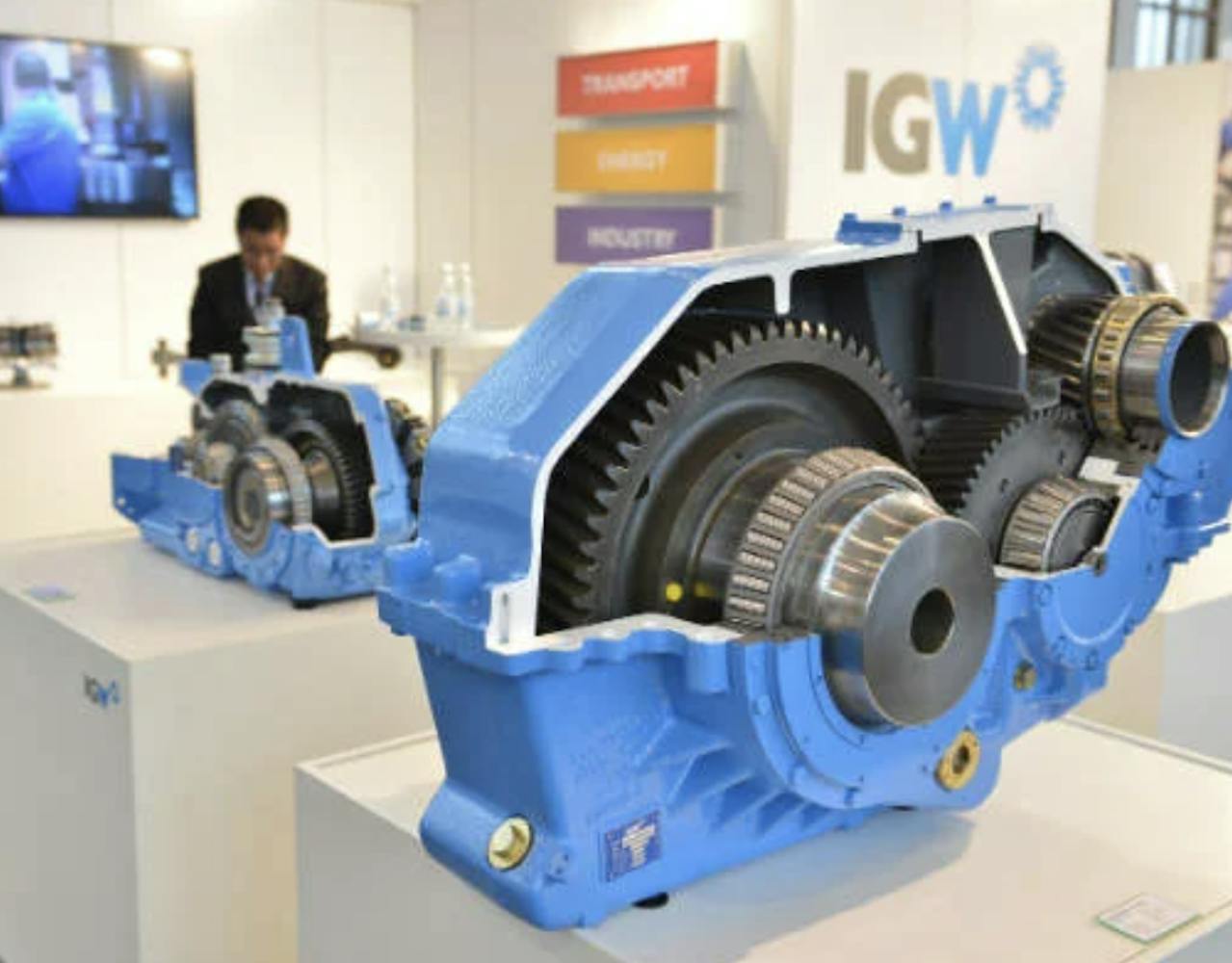IGW
Augmented Reality is a topic on the agenda for many companies in the manufacturing industry when defining their business strategy. As a partner, we want to help our customers and ensure that AR not only remains a strategy but can also be effectively implemented.
IGW, part of BMT drive solutions, implemented an AR-project on the occasion of a strategically important trade show participation. A tool was developed in function of sales and marketing, to give their product development an extra dimension and to position themselves as the company they are: an "Industry leading provider of transmission solutions".
How was this project accomplished?
An AR project like this consists of 3 main steps, namely the built-up models of the products, the assembling and disassembling instructions of the products, and finally the final realization of the project: the AR experiences.
First of all, we trained the IGW engineers to ensure that the built-up models in Creo were adjusted and built-up correctly according to the ultimate goal of the project. It was extremely important that, for example, the full teeth of the gears were available, but also that the data could be used to create the correct 3D printed models that could be used at the fair.

In the next step, the built-up models were used in Creo Illustrate. Again, the engineers were trained to create assembling and disassembling instructions completely independently. Dynamic movements were added via Creo Illustrate to achieve interactive 3D manuals.
The creation of the "Experiences" belongs to the last step and the final goal of the project. Within Vuforia Studio the Creo data (solid model) was brought in on one side, while on the other side the Creo Illustrate data was loaded representing the kinematic movements on the models. A user interface was created to position the different transmissions, but also the Vuforia View App was set up that will visualise the final AR story through the iPad. The app can be used in two ways;
- Via 2D Tracing where the iPad's camera is brought over a model and in the process does a 3D shape recognition based on a 2D alignment of the product.
- Via addressing the assembling instructions directly.
The entire project was carried out over a period of 6-7 weeks. This shows that AR does not have to remain a strategy on paper, but can be put into practice.
Next steps
The next step within IGW's AR strategy is to implement Augmented Reality for their growing service/aftermarket business, as well as to provide training to their assy & field technicians.
More questions about rolling out your AR strategy?
The world of smart manufacturing does not stand still
Be the first to know about upcoming events, the latest tools and exciting training courses.

